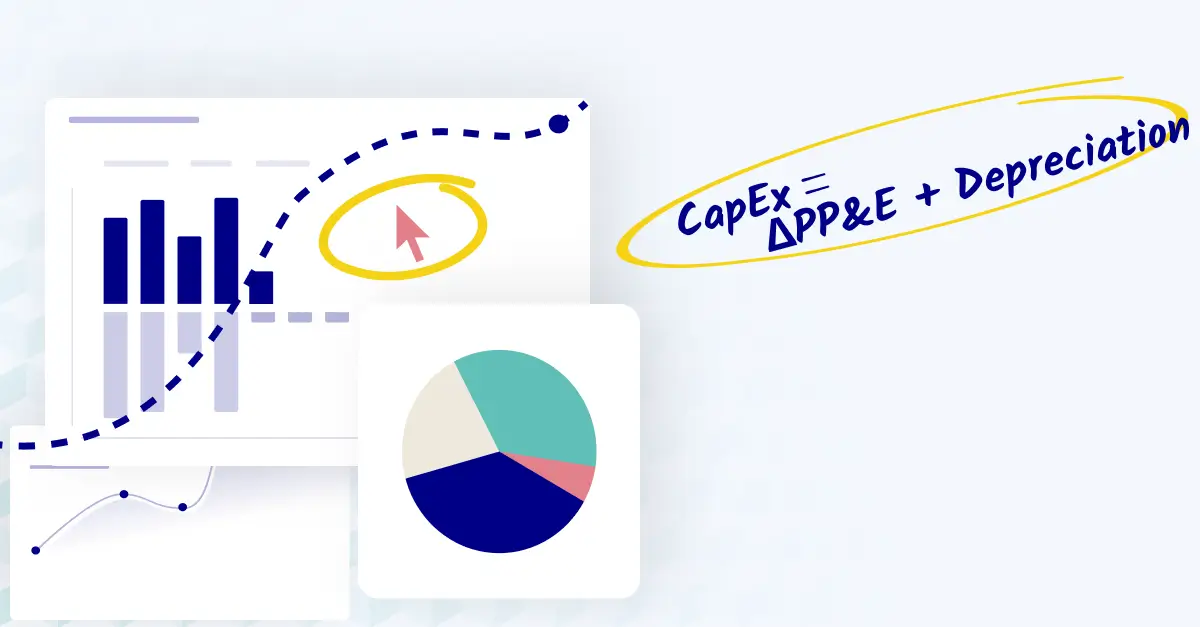Understanding the Business Loan Process
Securing a bank loan for your business can be a crucial step in achieving your financial goals. Whether you need funds for expansion, equipment purchases, or operational costs, understanding the application process is essential. This guide will walk you through the steps to successfully obtain a business loan.
1. Determine Your Loan Needs
Assessing Your Financial Requirements
Before applying for a loan, it’s important to clearly define how much money you need and what you will use it for. Consider creating a detailed budget that outlines your expenses and expected revenue. This will help you determine the appropriate loan amount and demonstrate to lenders that you have a solid plan for repayment.
2. Prepare Necessary Documentation
Gather Financial Statements and Business Plans
Lenders typically require a variety of documents to assess your eligibility for a loan. Commonly needed documents include:
- Financial Statements: Prepare profit and loss statements, balance sheets, and cash flow statements for the past two years.
- Business Plan: A comprehensive business plan outlining your business model, market analysis, and how you intend to use the loan funds.
- Tax Returns: Provide personal and business tax returns to verify income.
Having these documents ready can streamline the application process and improve your chances of approval.
3. Review Your Credit History
Understanding Your Credit Score
Your credit score plays a significant role in determining your eligibility for a business loan. Lenders will review both your personal and business credit reports. Check your credit score beforehand and address any discrepancies or negative marks that could impact your application.
4. Research Lenders and Loan Options
Comparing Different Loan Products
Not all lenders offer the same types of loans or terms. Research various options available to you, including:
- Traditional Banks: Often provide competitive interest rates but may have stricter requirements.
- Credit Unions: May offer lower rates and more personalized service.
- Online Lenders: Typically have faster approval processes but may charge higher interest rates.
Evaluate each option based on interest rates, repayment terms, and fees to find the best fit for your business needs.
5. Submit Your Application
Completing the Application Process
Once you’ve selected a lender, it’s time to submit your application. Ensure that all required documentation is complete and accurate to avoid delays. Depending on the lender, you may be able to apply online or in person.
Tip: Consider having someone review your application before submission to catch any errors or omissions.
6. Review Loan Terms and Conditions
Understanding Your Loan Agreement
If approved, you’ll receive a loan agreement outlining the terms of your loan, including interest rates, repayment schedule, and any fees associated with the loan. Take the time to review this document thoroughly and ask questions about anything that is unclear.
Recommendation: It may be beneficial to consult with a financial advisor or attorney before signing the agreement.
Securing Funding for Your Business Success
Obtaining a bank loan for your business requires careful planning and preparation. By understanding your financial needs, gathering necessary documentation, reviewing your credit history, researching lenders, submitting a thorough application, and reviewing loan terms carefully, you can increase your chances of securing funding. With the right approach, a bank loan can provide the financial support necessary to help your business thrive.









